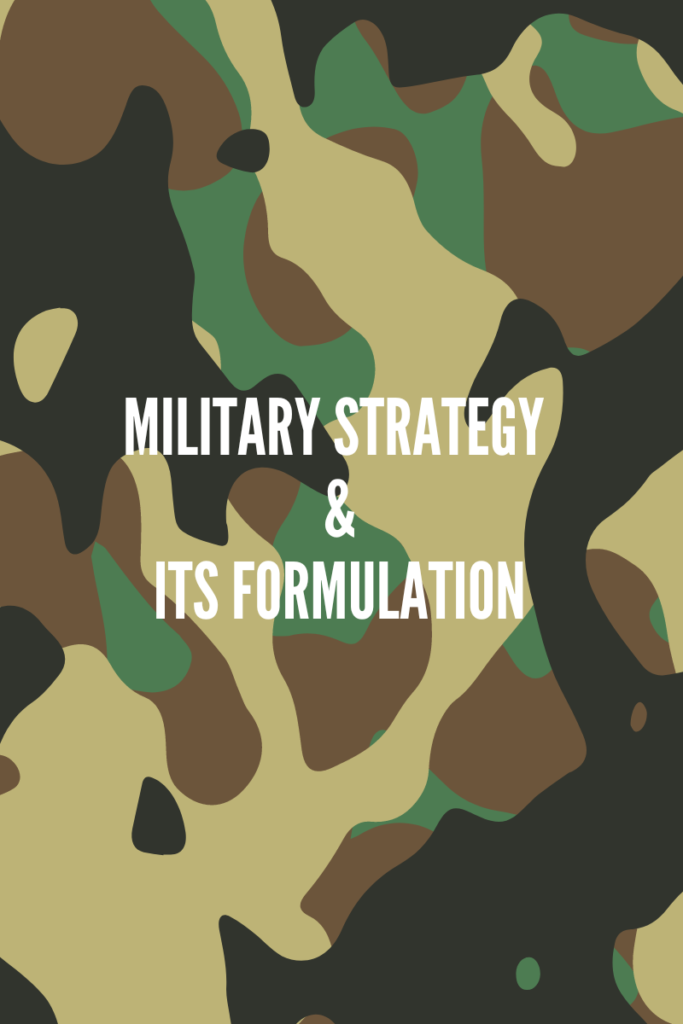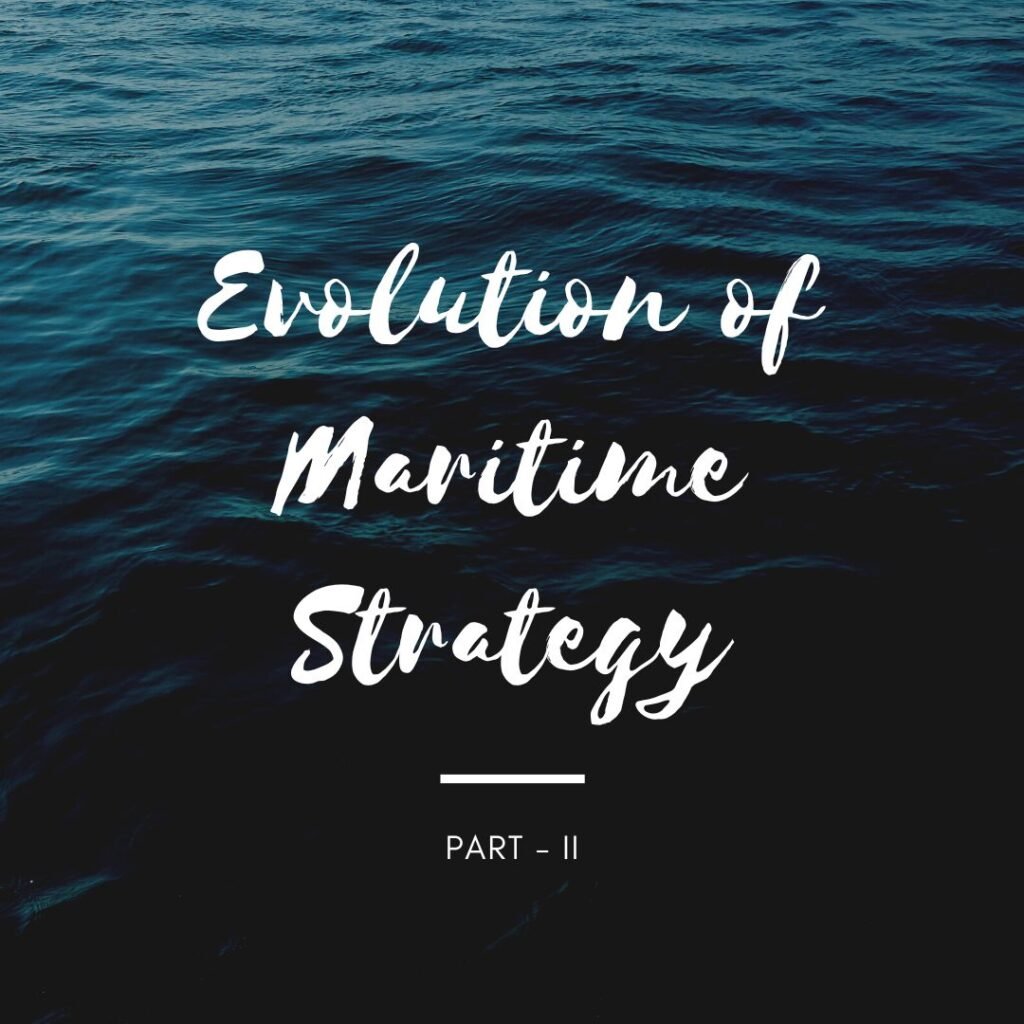Malabar Exercise: Past, Present, Future; Malabar coast is the name implied to the south western coast of India. Starting from Goa southwards, it includes most of present-day Kerala and coastal region of Karnataka. Kochi is the largest port. It is also home of Indian Southern Naval Command.
William Logan, a Scot of Madras Civil Service, in Madras Manual dwells on the origin of the name Malabar. According to him, locals called the area Malayalam or Malayam; hill country. Europeans referred to it as Malabar, whose origin was most likely based on the Dravidian word Mala meaning hill and barr (Arabic for continent) or bãr (Persian for country).
The area since long attracted merchants as well as conquerors, both from land and sea. From the Chera dynasty to Tipu Sultan and then the British, the importance of this particular geography stood out. This article focuses on another important aspect associated with the name Malabar: Malabar Exercise, exploring its past, present, and future.
Malabar Exercise
In a post-Soviet world, Malabar Exercise started in 1992 as a bilateral Indian and U.S. naval exercise. This period also coincided with economic reforms in India. India undertook a liberalization of its economy under Dr Manmohan Singh, then Finance Minister. As Russia reeled from the Soviet collapse, it set the environment to establish new partnerships. Particularly in the Indian Ocean. While keeping an eye on China’s gradual rise and the significance of sea lines of communication (SLOCs), especially for energy flows.
Starting with a one-day PASSEX (a token passage exercise) in 1992, it saw its peak in 2007 when 1st leg of the exercise was held in April 2007 in Philippine Sea with participation by two USN and one IN carriers. USN amphibious ships and a nuclear submarine also participated. Its second leg in September 2007 in Bay of Bengal, saw participation of 26 ships including three carriers and additional ships from Australia, Japan and Singapore.
From 2008 to 2014, Malabar exercise remained more of an India-U.S. bilateral exercise with Japan participating on two occasions once in 2009 and again in 2014. Since 2015, this exercise has regularly involved units from India, U.S. and Japan. Australia also became a participant in the Malabar exercise in 2020, and the most recent iteration of the exercise is being hosted by Australia.
Malabar is a significant exercise; however, it is not the only bilateral or multilateral exercise which U.S. and Indian armed forces undertake together. RIMPAC, Milan, Cutlas Express, La Perouse, Sea Dragon, Red Flag, Pitch Black are other major exercises.
The Malabar exercises have taken place in both the Indian and Pacific Oceans. We also need to consider the current year’s endeavors in conjunction with other important ongoing aspects.
U.S.-India Strategic Partnership
First is U.S. India strategic relations. Looking at military relations, especially in terms of navalism, course is set to encounter more favorable winds. With Indian limitations of expansion in any other direction; maritime domain is the only natural choice. It is to be seen what results ongoing blue economic initiatives will yield in the future. However, militarily things are headed in the perceived right direction for maritime thinkers around the world.
As per Congressional Research Service, India is expected to spend around 220 billion USD in the coming decade for armed forces modernization. From 2008 to date the U.S. accounts for only 10% of that market amounting to approximately 20 billion USD. From 2000-2022, U.S. has provided or committed for the Indian Navy one amphibious transport dock, 24 Seahawks, 12 P8Is, 6 Seakings, harpoon missiles and Mk-54 torpedoes, to name a few. Induction of 22 Apache combat helicopters, 15 Chinooks, 13 C-130s, 11 C-17 Globe master and 2 MQ-9A Reaper UAVs in the Indian Airforce has also enhanced Indian capacities.
Aimed at expanding and accelerating strategic technology and defense cooperation, U.S. and India have launched a bilateral Defense Acceleration Ecosystem (INDUS X) in June 2023. Same month G.E. proposed joint production of advanced jet engines in India. While India reciprocated by approving, among other equipment, an order for 31 armed MQ-9B Sea Guardian and Sky Guardian UAVs worth 3 billion USD.
U.S. and India had many defense agreements in the recent past. With the latest impetus likely through continued U.S. support. Latest legislative effort, bill submitted in U.S. Senate and Congress namely ‘A bill to enhance the eligibility of India for Foreign Military Sales and exports under the Arms Export Control Act’, if passed will enhance Indian navalism prospects.
QUAD
Some termed Malabar Exercise 2020, with Australian participation, QUAD’s Malabar Moment; an epochal event that could redraw Asian strategic geography. First of all, it is a very tall claim. Secondly, this was not the first moment for the Australian Navy to participate in Malabar Exercise. They had done it in 2007. However, back then QUAD was not as the QUAD of today. Therefore, any event involving all four members of QUAD is important. Hosting the exercise in Australian waters for the first time in 2023 itself is a significant indicator how things have progressed.
In the post 2008 recession period, India may have been varied in response to Chinese concerns to Malabar exercise, even cancelling IN-U.S. planned amphibious exercise in Okinawa in 2009. In 2012, the Indian government turned down requests of IAF fighters joining Malabar-12. However, Malabar-23 carries significantly overt meaning for China.
Indian Navalism
There are two important indications of Indian seriousness this time. One is the fact that Indian Navy Western Fleet CinC has joined the exercise in entirety from Papua New Guinea via Solomons to Sydney. Officers commanding large operational commands are seldom spared for prolonged periods unless it is critically important. Second is the latest meeting held on 22 August 2023 between Indian CDS and top military commanders on Indian Maritime Theater Command.
These are steps at operational level. Key factor that gels tactical prowess gained through mutual exercises and strategic messaging at strategic level. These developments hold significance. They bridge the gap between identifying what needs to be done and determining how to accomplish it. Jointness is key for any conflict in the modern age. Yet it is difficult to achieve at optimal levels. Combined operations are even more complex, because it involves multiple forces. Such engagements are mutually beneficial for all involved.
Malabar Exercise: Past, Present, and the Future
Malabar exercise will continue to flourish and is likely to keep growing in complexity and participation. It is also likely to enhance its reach in far off areas. However, keeping an eye on enhanced capacity and operational capability will be important, as well as monitoring the level and type of forces committed by participating countries, especially the U.S. and India. Will it transform into an all-domain warfare exercise or remain a traditional three-dimensional naval undertaking? Can lessons and collective wisdom contribute to enhanced interoperability beyond tactics? Would it pave the way for more and prolonged engagements through exchange of personnel, combined operations or patrols and so on? Because unless they do, any naval strategist in China wouldn’t be worried.
More worrying though is the longer-term view for the region; beyond Malabar and beyond China. In the longer run, this objective and support of Indian navalism may become self-defeating for Australia and the U.S. Because beyond China the Indian Ocean Region will remain contested.







One Response